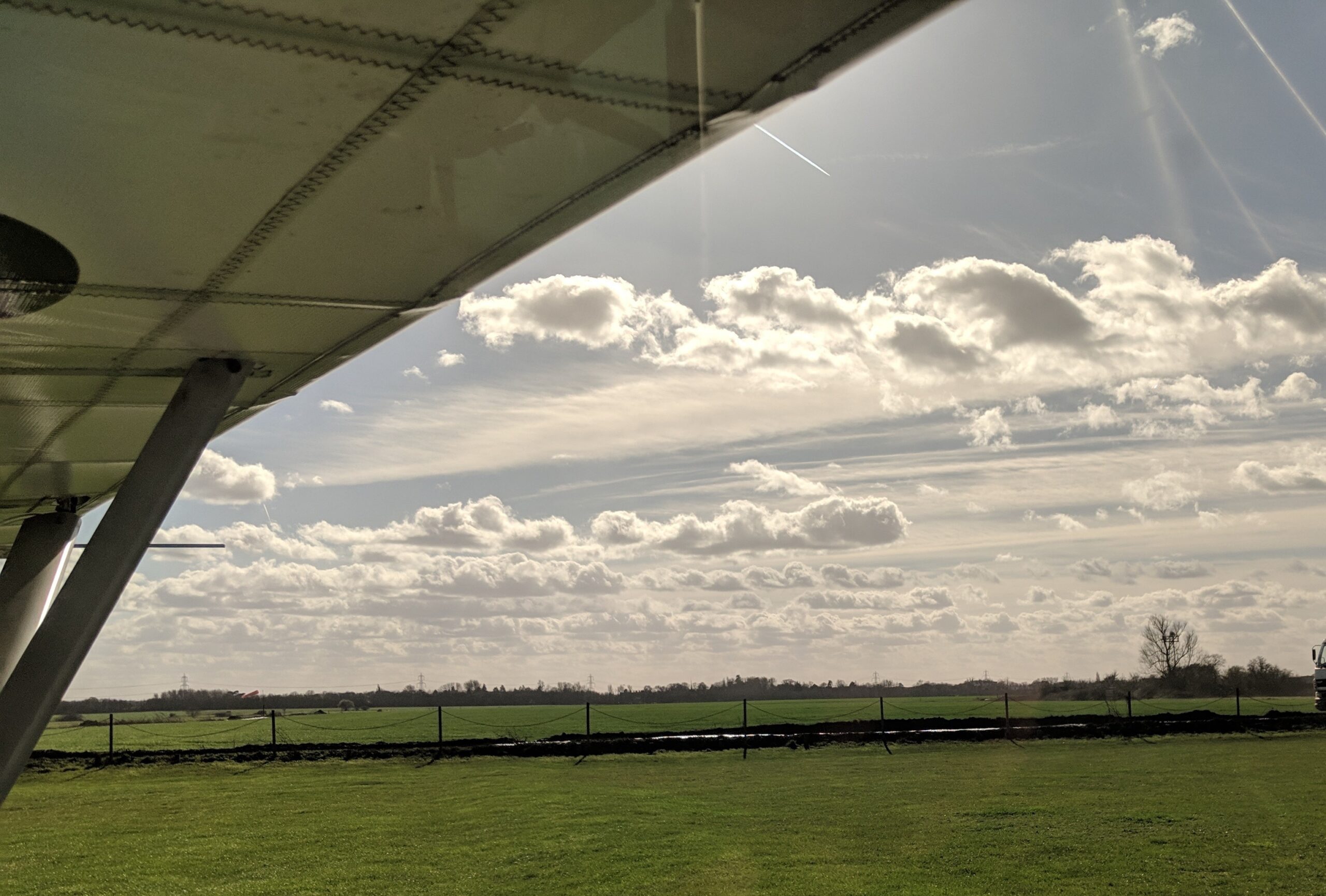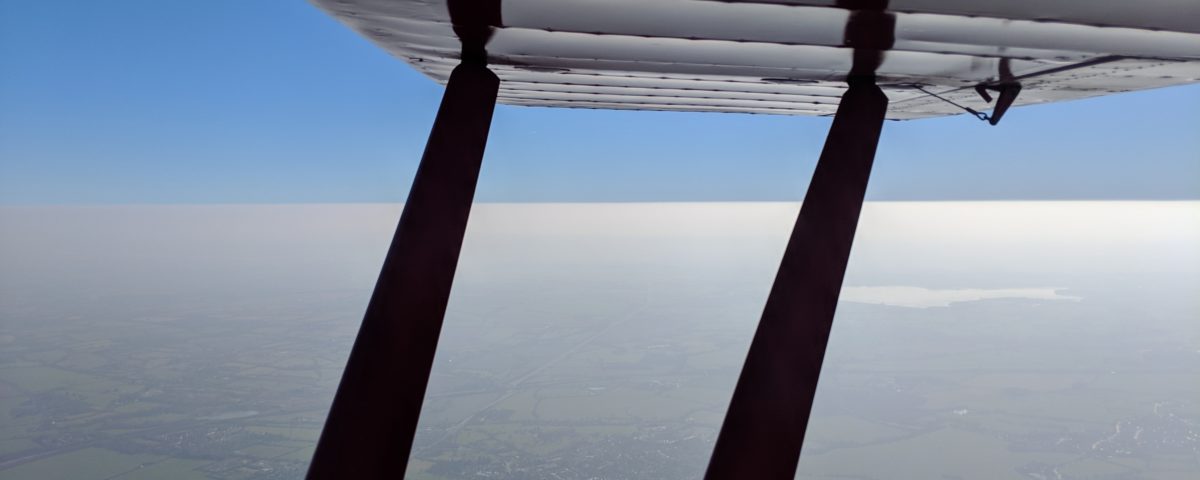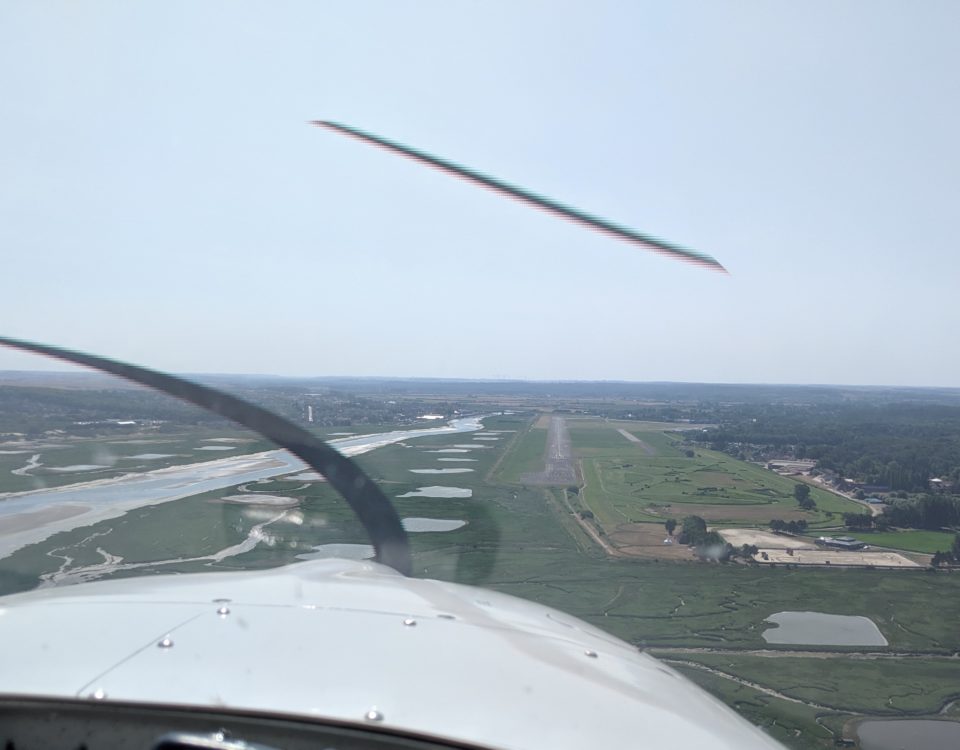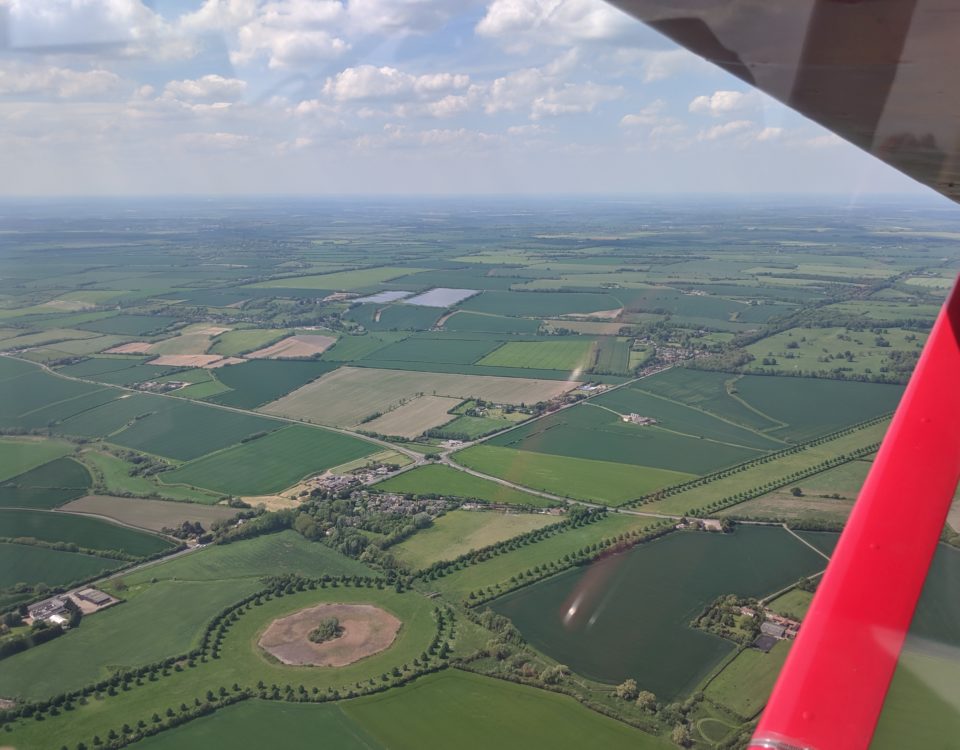
GST – one year on
February 24, 2019
Diving into wind
March 23, 2019The highs and lows of flying
“Think of it this way,” explained the instructor John. “High pressure keeps a lid on things, so all the rubbish floating around in the air is trapped there. The winds are light, the skies are clear, but the visibility is bad. With low pressure, the winds are stronger and blow all the muck away, so the visibility is much better. However, it’s more likely there will be rain and storms. Take your pick.”
I can’t honestly say that high- and low-pressure systems had really impacted on my life, until flying meant I wanted to know what weather was predicted. Now, setting the altimeter with every flight, and sometimes watching it rise or fall between two flights on the same day, it all became more critical.
When you learn how to call the QNH on the radio, you learn that under 1000 you need to say the word hectopascals. So, no surprise to realise as this stormy weather lashes down, and the winds are listed as gusting in the mid-30 knots, that your altimeter would currently be reading under one thousand hectopascals.
Last week, with the unseasonal summer temperatures we had in February, it was a different story. Then you would have been setting your altimeter somewhere over 1030. And like so many other pilots, you would have looked on your Tafs and Metars to see the wind was almost negligible, and then out of the window to see the sun was shining and headed for the airfield.
That’s probably why I was sitting at North Weald Airfield in a PA-22 waiting for almost twenty minutes at the hold, before there was a gap in landing aircraft and we could take off. Every pilot who could fly that day, and some who couldn’t, were in the air.
It was as we took off that I realised yet again that it isn’t all about how sunny or how windy it is. The skies were abuzz with aircraft, yet the visibility was probably on a par with the day we got caught out in the mist on the way to Old Warden. Forwards, nothing. On the sides it wasn’t bad.
“Want to have a go?”, the pilot asked politely. ‘Not a chance, mate.’ The fact that we weren’t having an Airprox with someone else on a joyride in this murkiness was simply luck. I didn’t want to be at the helm if that happened.
I am not sure I have ever quite understood an inversion layer, but I did that day. Of course I have punched through those fluffy clouds as you head off on a holiday in one of the big boys – or back through them as you come home. I have been up to ‘play in the clouds’ in small aircraft too, but then you are always in sight of the ground. This wasn’t a layer of clouds though. From the ground looking up, it was a crystal-clear day, blue skies and not a cloud to be seen anywhere. John had sent me a photo of his flight earlier: blue sky above and a solid line of white below. It looked like cloud, but it was simply particulates trapped by the high pressure.
We were still in the London TMA, and even over 2300 feet it was pretty much a pea-souper. It wasn’t long, however, before we were hugging the east coast, with no height restrictions. I watched as we climbed. At 3200 feet we burst out into a clear blue sky. I could hear all those cheesy songs in my head now. This was the day everyone had come to fly in. Smooth as silk, clear as a bell. Way below I watched a tiny aircraft heading north. ‘Come up here,’ I wanted to tell them, as I tried out the yoke on the vintage Colt and watched the sun glint on the North Sea.
Later I went up myself in my beloved Skyranger. This time we couldn’t climb out of the murkiness.
I thought about that earlier this week as I set the altimeter down a few dozen hectopascals and went up in what felt a bit like a tumble-drier cycle. No other traffic to worry about today then. Storm Freda hadn’t quite blown herself out. The key was in the FIR at the top of the weather, promising Severe Turbulence. I was doing cross wind landings with John, and after fighting to get the aircraft lined up on 26 I handed over to him. “So, you show me how then.” We landed just as inelegantly as I had done. The wind at 300 feet was 25 knots he had said earlier. “Hmm, I have to say, your landings were better than mine,” he admitted.
There have to be some perks to flying in a wash-cycle!




